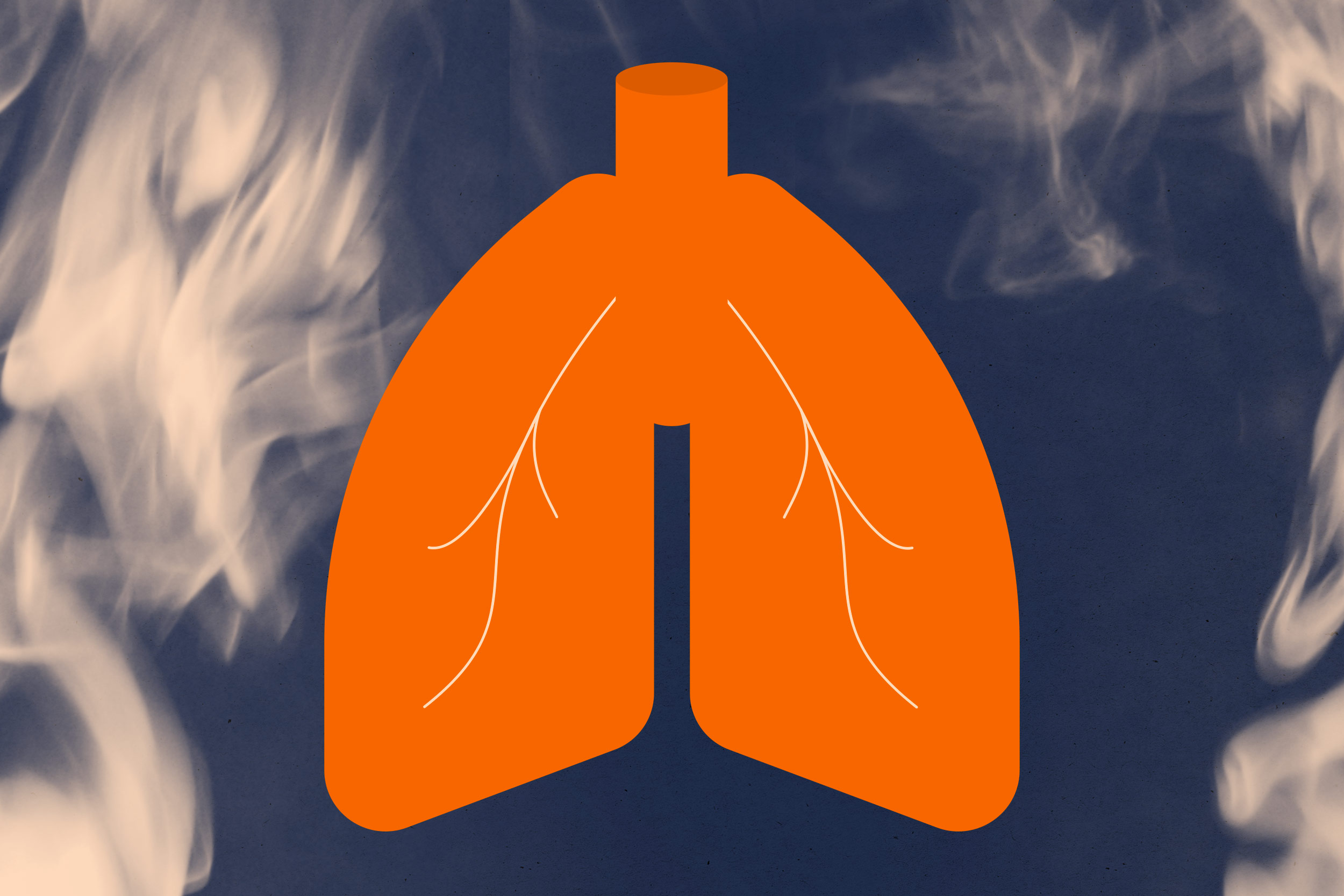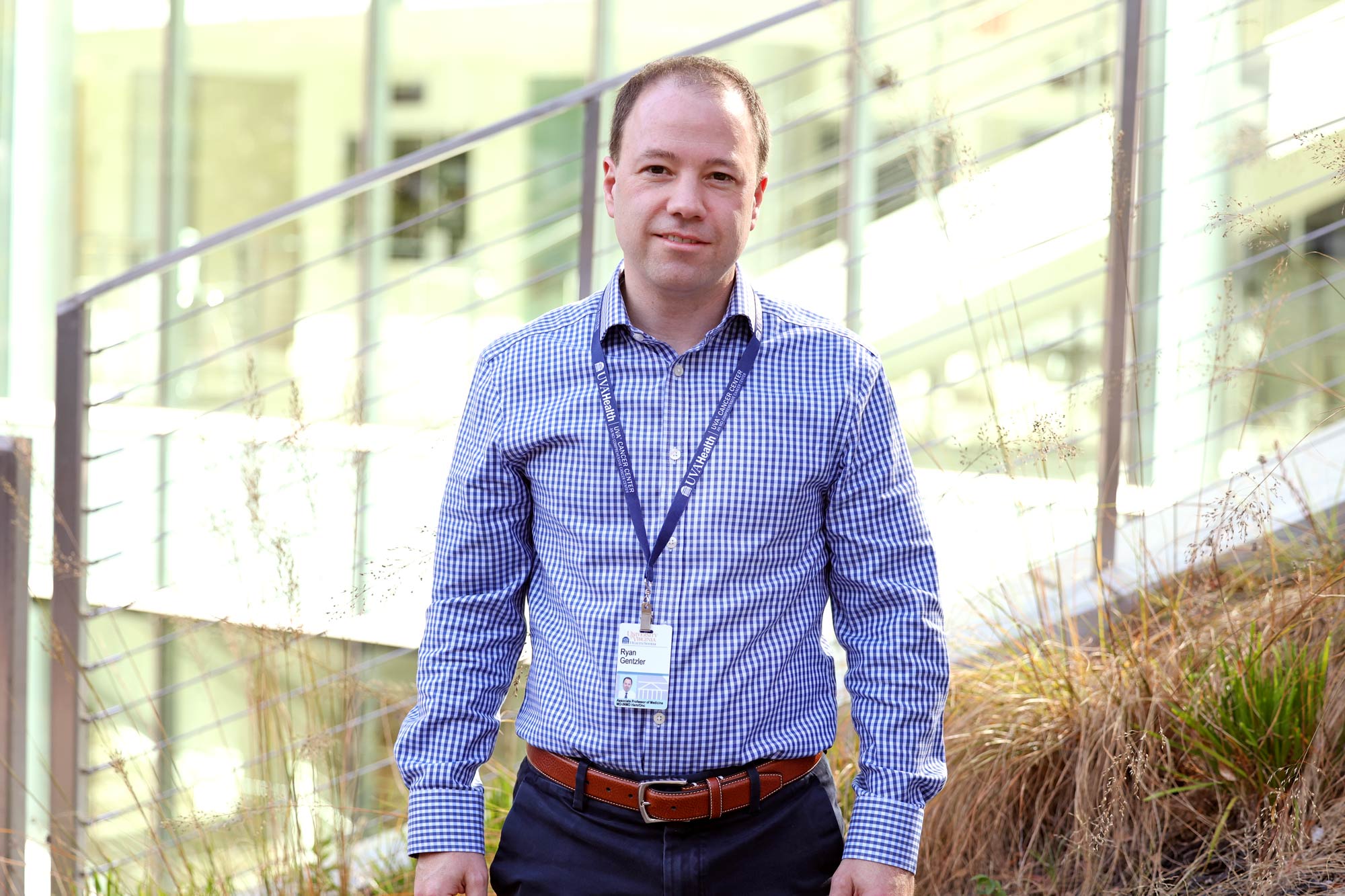In August, UVA Cancer Center became the first in Virginia to offer lung cancer patients the new drug tarlatamab, approved in May as immunotherapy to supercharge the body’s immune system to fight small-cell lung cancer in combination with chemotherapy.
The drug went through Phase 3 testing for the FDA at the Cancer Center and was one of several potential treatments investigated by the center’s researchers.
“We have a number of clinical trials at any given time for various subtypes and stages of the disease,” said Dr. Ryan Gentzler, a long-time thoracic medical oncologist at UVA Health treating patients with cancer in the chest, predominantly lung cancer.
“Some of those are early phase clinical trials developing brand-new drugs without a lot of track record, and some are later-phase trials, like in Phase 3 trials that have the potential to change the standard of care and get an FDA approval.”
UVA Today asked Gentzler about research involving lung cancer and its possible treatments.
Q. Can you contextualize lung cancer among other types of cancer?
A. Lung cancer is the most common cause of cancer in the United States and globally in terms of incidence. It’s second to breast cancer in women and prostate cancer in men, but the mortality rate is much higher. It remains the No. 1 cause of cancer-related deaths, and 80% of cases are typically attributed to tobacco exposure.











